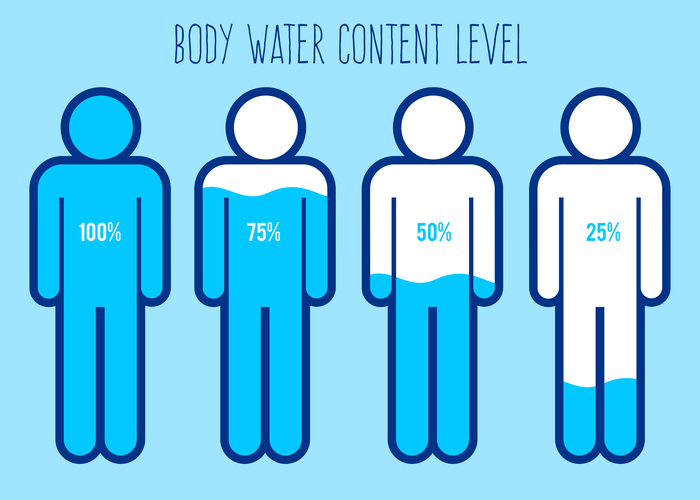Content
Animations controlled by the interface include videos, GIFs, and CSS flashing transitions. Font adjustments – users, can increase and decrease its size, change its family , adjust the spacing, alignment, line height, and more. This website utilizes internal and external triggers various technologies that are meant to make it as accessible as possible at all times. We utilize an accessibility interface that allows persons with specific disabilities to adjust the website’s UI and design it to their personal needs.
What is the internal trigger?
Internal triggers are the thoughts and feelings that a person has that can cause a desire for drugs or alcohol. While we may tend to think that negative feelings lead to relapse, it's important to acknowledge that both positive and negative feelings could be a trigger.
The Editorial Staff at Gatehouse comprises experienced content specialists offering reliable and well-researched resources to populations experiencing addiction and recovery. Our writers are psychology graduates, former therapists, and seasoned editors, offering many years of real-world experience and expert writing. We strive for a compassionate tone that values forward-thinking and cutting-edge scientific developments. We are devoted to producing work that inspires readers to go after the long-term recovery they deserve. Carly Snyder, MD is a reproductive and perinatal psychiatrist who combines traditional psychiatry with integrative medicine-based treatments. Internal triggers can occur for many reasons, or no reason at all.
Managing Internal Triggers
These practices will allow the individual to focus and keep their mindset on the present moment. When practicing healthy ways to manage triggers, you can detach from any painful or stressful situations that may create triggers. Often-times, individuals, who seek treatment and start the recovery processes, get frustrated, angry at themselves, experience guilt, and feel hopeless due to relapse occurrences.

For instance, some people may feel insecure about sex and think they have to drink alcohol in order to relax before having sex. Other people may use drugs when they feel angry, lonely, depressed, sad, or bored – but any feeling can become an internal trigger. The solution to overcoming this relapse trigger is to learn how to channel your positive feelings in a positive way, without the use of substance abuse.
The ethical considerations of using internal triggers in design
The information we provide is not intended to be a substitute for professional medical advice, diagnosis or treatment. It should not be used in place of the advice of your physician or other qualified healthcare providers. Returning to Locations Where Drugs or Alcohol were Used– A common drug or alcohol relapse trigger includes locations where drugs or alcohol were used.
- By attending therapy sessions once a week, you will be able to sit and talk with someone who can listen and provide valuable insight.
- We are devoted to producing work that inspires readers to go after the long-term recovery they deserve.
- In accordance with the American Society of Addiction Medicine, we offer information on outcome-oriented treatment that adheres to an established continuum of care.
Internal triggers are things that you feel or experience inside your body. Internal triggers include thoughts or memories, emotions, and bodily sensations . Triggers are places, people, sounds and substances that can cause emotional or mental distress. Generally speaking, they’re anything that causes you to want to use drugs or alcohol or make you feel the signs of your mental illness, such as panic attacks or bouts of depression. The safest way to avoid triggers to use amongst friends is by cutting out the ones who are tempting or encouraging you to abuse. However, this might not work for all of your friends, stay resilient, and refuse to give in.